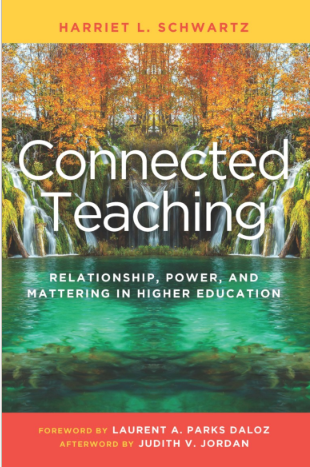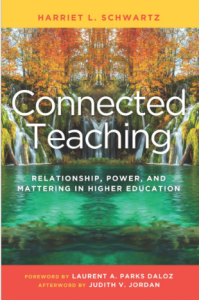(This post was originally written for and published on the BC Campus Online Reading Club site). The book being referenced is Small Teaching by Dr. James Lang.
****
I was attracted to facilitating this chapter because, as a learner, I make minimal use of self-explanation and was curious to see how it might “serve” me to do so more often in my educational developer role and as I consult with faculty members.

10/365 Spiral by clogsilk
What is self-explaining and does it work?
(The nutshell and punchline for those who are pressed for time and/or impatient.)
The basic premise of self-explanation is that learners benefit from explaining out loud to themselves or others what they are doing during the completion of a learning task. The best self-explanation techniques prompt learners to articulate what they are doing and why they are doing it.
Lang concludes this chapter by pointing out that research has yielded mixed results when it comes to the learning benefits of self-explanation; in some cases, learners with minimal knowledge of a subject benefit, whereas in other cases it is those with more knowledge who benefit.
How self-explaining works
In previous chapters, Lang underscored that mindful practice and mindful learning during practice foster learning and retention.
Self-explanation is a technique for fostering mindful learning during practice. It can help with that vexing problem of far transfer (or lack thereof)–that ability to carry theories or principles from the initial context to a new context.
Self-explanation can also help improve the learner’s comprehension when it requires individuals to make connections between their knowledge and their skills.
Summarizing research done in this field, Lang writes that the practices below foster learning during self-explaining.
Students:
- tie specific problems to general principles and connect knowing and doing
- monitor their own comprehension and can admit to being stuck
- actively seek to fill in the gaps in their understanding when they feel stuck
- are able to re-state different aspects of the problem in their own words
Self-explanation fosters learning because this approach helps learners:
- “Fill gaps and make inferences in learning productive ways” .
- “Modify and improve their existing perceptions or knowledge of a subject matter” (p.147)
Does self-explaining that is prompted by instructors foster learning?
One of the questions that especially piqued my curiousity in this chapter is the one that asks “Do self-explanations that are generated by teacher prompts have the same effect as self-explanations that are spontaneously generated by students?” (p.143).
According to the research that Lang reviewed, self-explanations generated by teacher prompts enhance learning and understanding when students receive immediate feedback.
The small teaching strategy that was cited several times in this chapter, as an example of a teacher-generated prompt, was that of asking students to select, from a drop-down menu, what principles are at play. When prompts are inserted into an assignment at key points, students must reflect on how certain principles are being applied in a specific context. This then helps with the issue of transfer because it requires students to make inference rules.
Citing Chi, Bassok, Lewis, Reiman, and Glaser (p. 178, 1989) Lang writes “Inference rules ‘spell out more clearly the specific conditions or situations in which a specific action is to be taken.’”
Ways to use self-explaining in your teaching
“When using self-explaining, create opportunities that require students to select or articulate principles as they are making choices, searching for solutions, or revising their work” (p.156).
- Ask students some variation of “Why are you doing that?” as you walk around the class while students are working on their own. (I think this would need to be carefully set up so it doesn’t terrify the students). (similar to “think aloud” below).
- Model self-explanation by using the “think-aloud” method as you read a passage or work through a problem. Alternatively, ask students to think out loud as they make decisions (p.154-155 or see Teaching Strategies: Think Alouds [geared to K-12, but useful]).
- Use a drop-down menu at multiple points during an assignment to prompt students to reflect on the underlying principle at play. Doing so will, ideally, guide their next step.
- Find ways to provide immediate feedback to students when they are engaging in self-explanation.
- Scaffold this approach so it does not “over-tax” the students’ brains.
- Use a “backward fading” approach in which students first observe a problem being worked out, next work out 1-2 steps on their own, and then complete the problem entirely on their own (see p.148 or Teaching with Worked Examples – Save learner time and effort while increasing performance!). (p.148)
- Ask students to select X (e.g., 3 slides, or one particular section of an assignment) and write a short explanation of their choice. (p.152)
- Incorporate self-explanation into peer instruction (p.152-153).
1. I have bolded select in the quote above because it was found that selecting, rather than generating, fostered learning. When students had to generate the principles, it added to their cognitive load in a way that was unproductive (see p.149 for more).




